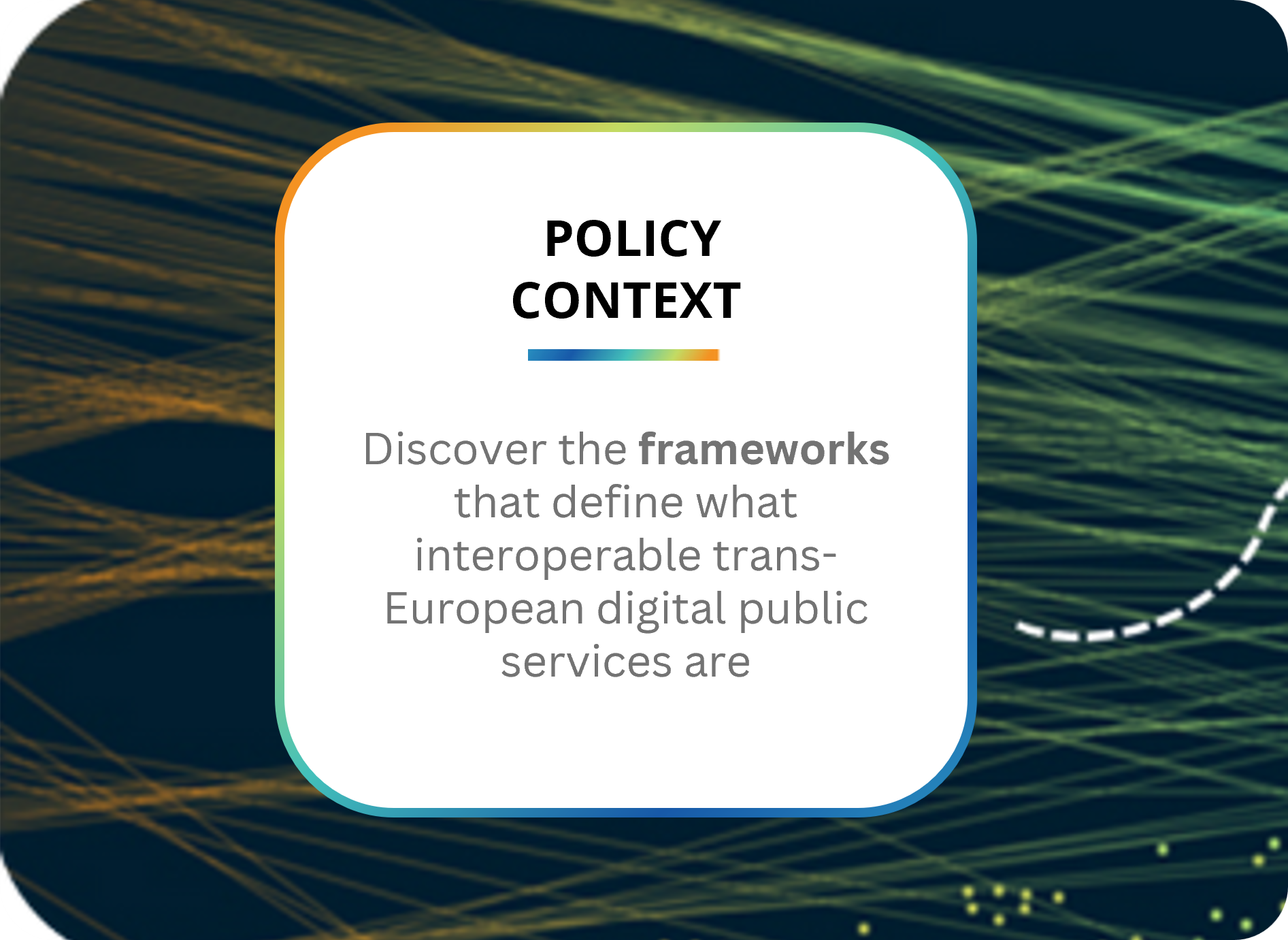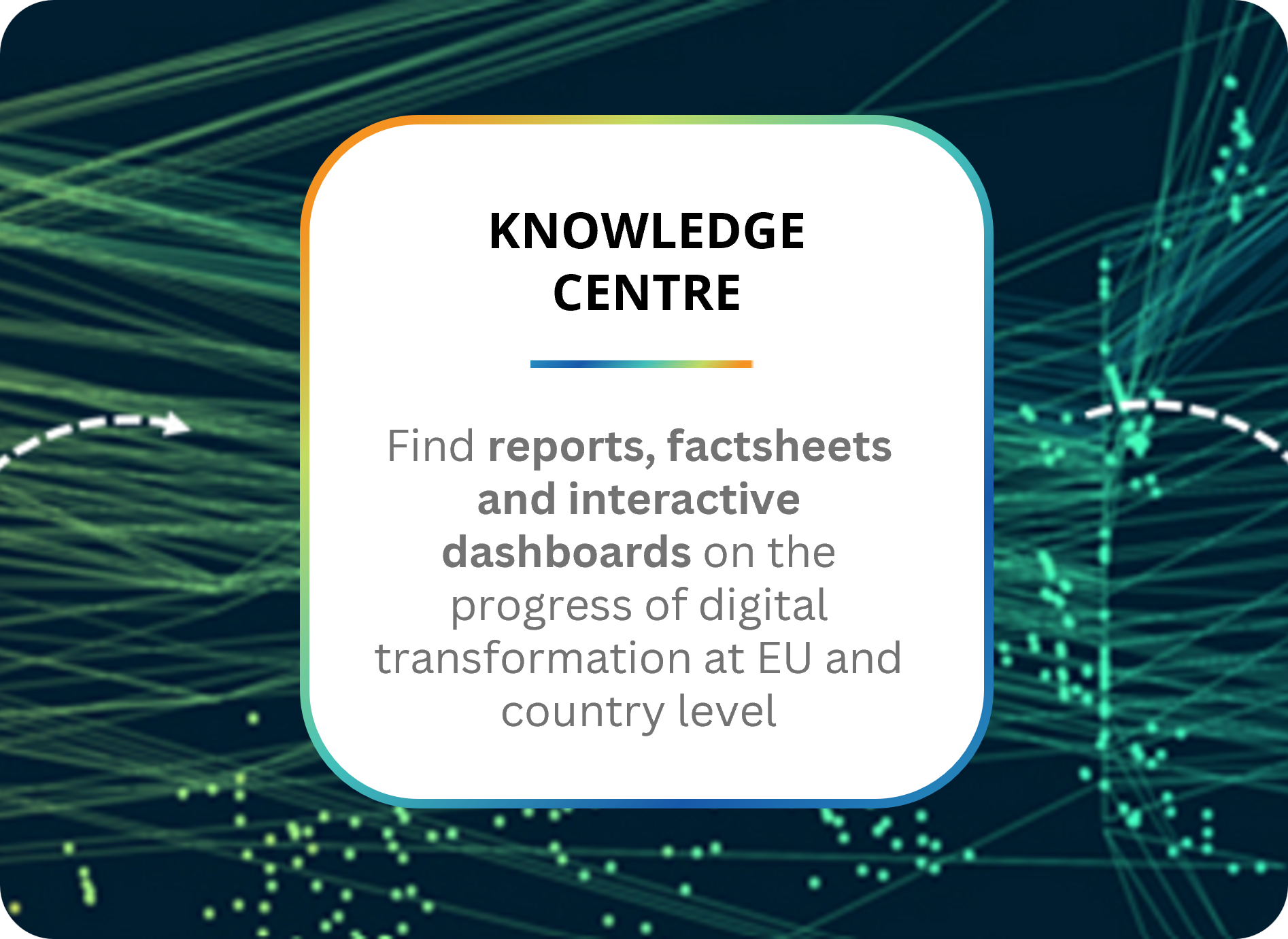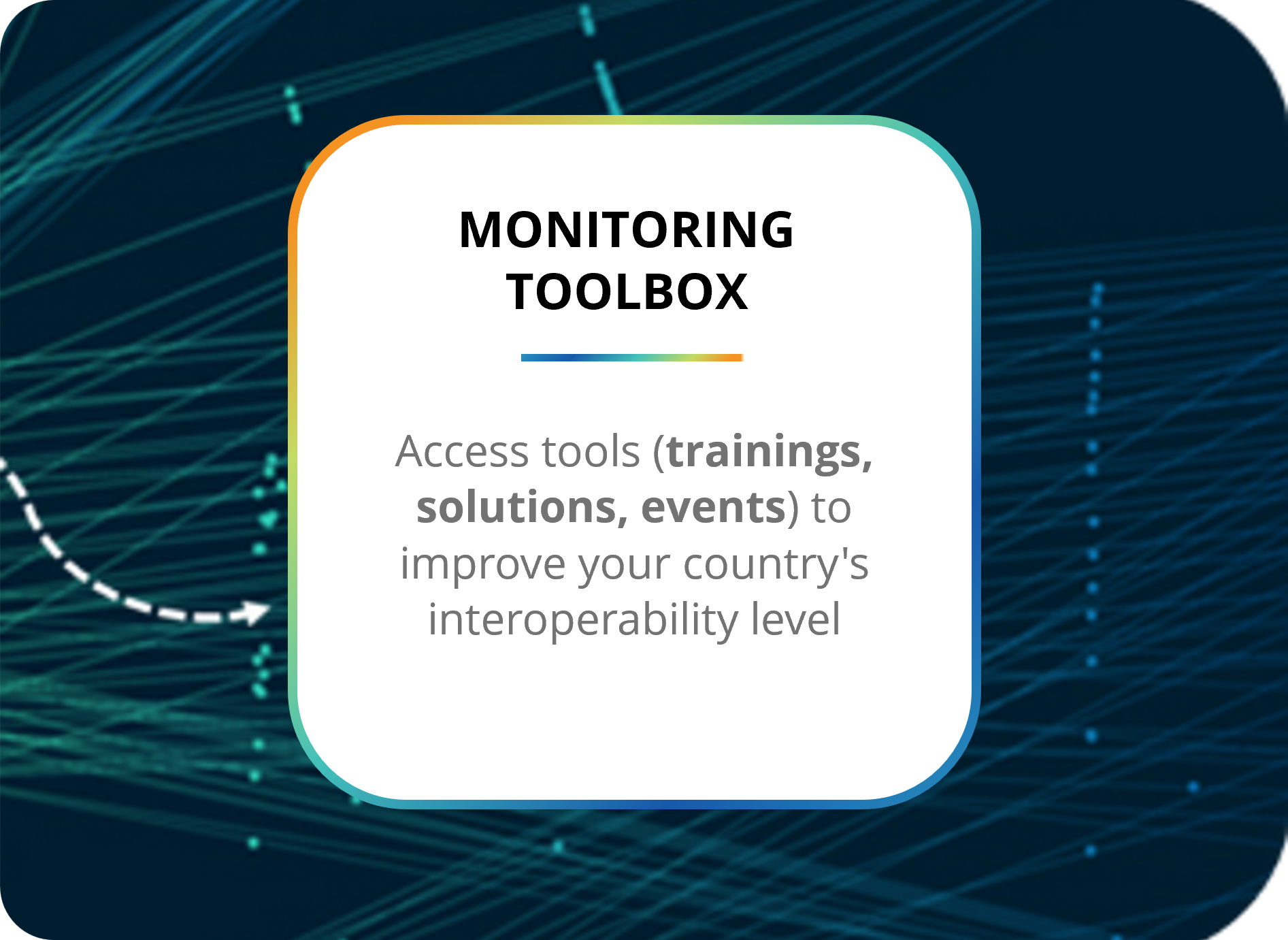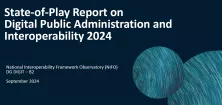Discover the Interoperable Europe (IOPEU) Monitoring Collection
The Interoperable Europe (IOPEU) Monitoring Collection is the main entry point to find documents, reports, dashboards, and many more resources on the state of interoperability and digital government in the European Union.
Our vision
As a monitoring observatory, the goal of this collection is to capture the outcomes, progress and results of cross-border interoperability and digital transformation of Union entities and public sector bodies. This aims to be a collaborative space to share resources on the implementation of the Interoperable Europe Act and the European Interoperability Framework (EIF).
Our mission
Establish and manage a monitoring framework that drives evidence-based policy innovation to ensure the provision of interoperable trans-European digital public services across the European Union.
How can you contribute?
- Join this collection to stay updated on the latest news and events regarding monitoring.
- Share with us best practices, guidelines, questions, feedback, etc.
🔎 In the spotlight
What is changing with Article 20 (Monitoring and evaluation) of the Interoperable Europe Act?
“The Commission shall monitor the progress of the development of trans-European digital public services to support evidence-based policymaking and actions needed in the Union at national, regional and local levels. The monitoring shall give priority to the reuse of existing international, Union and national monitoring data and to automated data collection.[…]”.
The Interoperable Europe Monitoring Mechanism (MM) is based on a monitoring proposal co-designed by the Joint Reseach Center (JRC), DG DIGIT and Member States. This 2 years co-creation process resulted in the creation of the new MM, monitoring the Act's implementation. The IOPEU MM brings changes in terms of data collection (focusing on reuse and automation); a new scope and indicators to be monitored (e.g., trans-European digital public services, EIF implementation, interoperability solutions, support measures and interoperability skills); and a newly introduced report to assess the cross-border interoperability progress, barriers and drivers, and achieved results over time.














